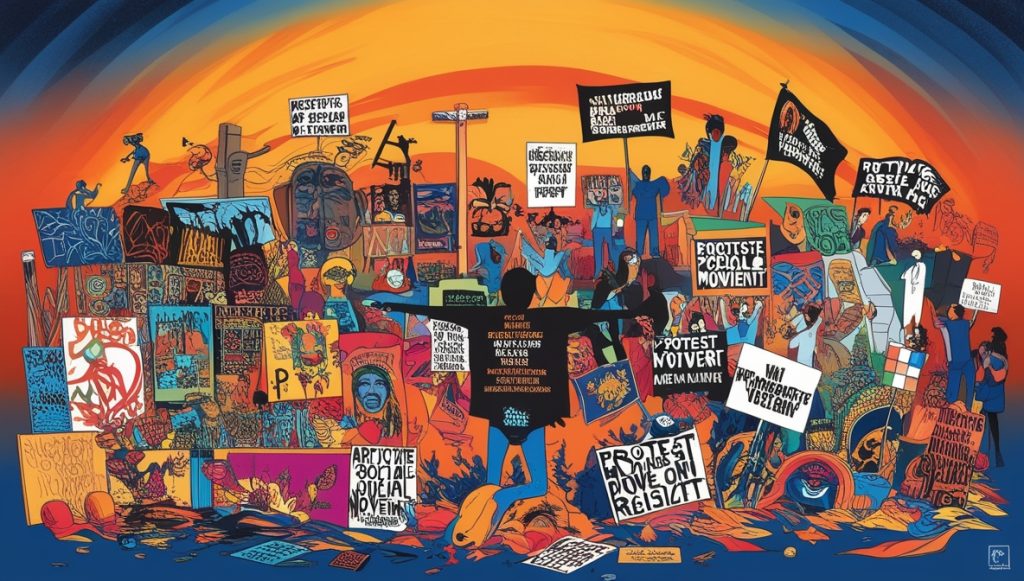Art has always played a pivotal role in social movements and activism, acting as a powerful tool for raising awareness, inspiring action, and challenging the status quo. Whether through visual art, music, performance, or digital media, artists have used their creative expression to address political, social, and cultural issues, giving a voice to the marginalized and fostering social change.
Art as a Catalyst for Change
Art’s ability to evoke emotion and engage people on a deeper level makes it an essential part of activism. By presenting complex issues in accessible and compelling ways, art has the power to reach diverse audiences and spark conversations that can lead to broader societal shifts. Throughout history, artists have used their work to protest injustices and promote human rights. For example, Pablo Picasso’s iconic painting Guernica served as a powerful anti-war statement against the horrors of the Spanish Civil War, and its impact resonated globally.
In modern movements, street art, murals, and protest posters have become essential tools in rallying communities and making bold public statements. Artists like Banksy have utilized street art to critique capitalism, war, and environmental issues, while movements like Black Lives Matter have drawn on visual art to highlight racial inequality and police violence.
Amplifying Voices of the Marginalized
Art is particularly vital in amplifying the voices of marginalized groups who are often underrepresented in mainstream narratives. Feminist artists, LGBTQ+ creators, and indigenous artists have used their platforms to challenge oppressive structures and assert their presence. Art allows these groups to take control of their stories and make their struggles visible to the wider world.
Digital Art and Social Media
In the digital age, art has taken on new dimensions in activism. Social media platforms like Instagram and Twitter have become hubs for digital activism, allowing artists to quickly disseminate their work, engage in online protests, and mobilize global audiences. Memes, illustrations, and videos are widely used to spread messages of resistance, often with viral success.
Conclusion
Art has proven time and again to be an integral part of social movements and activism. By engaging the heart and mind, art inspires action, mobilizes communities, and continues to be a powerful force for social change.



